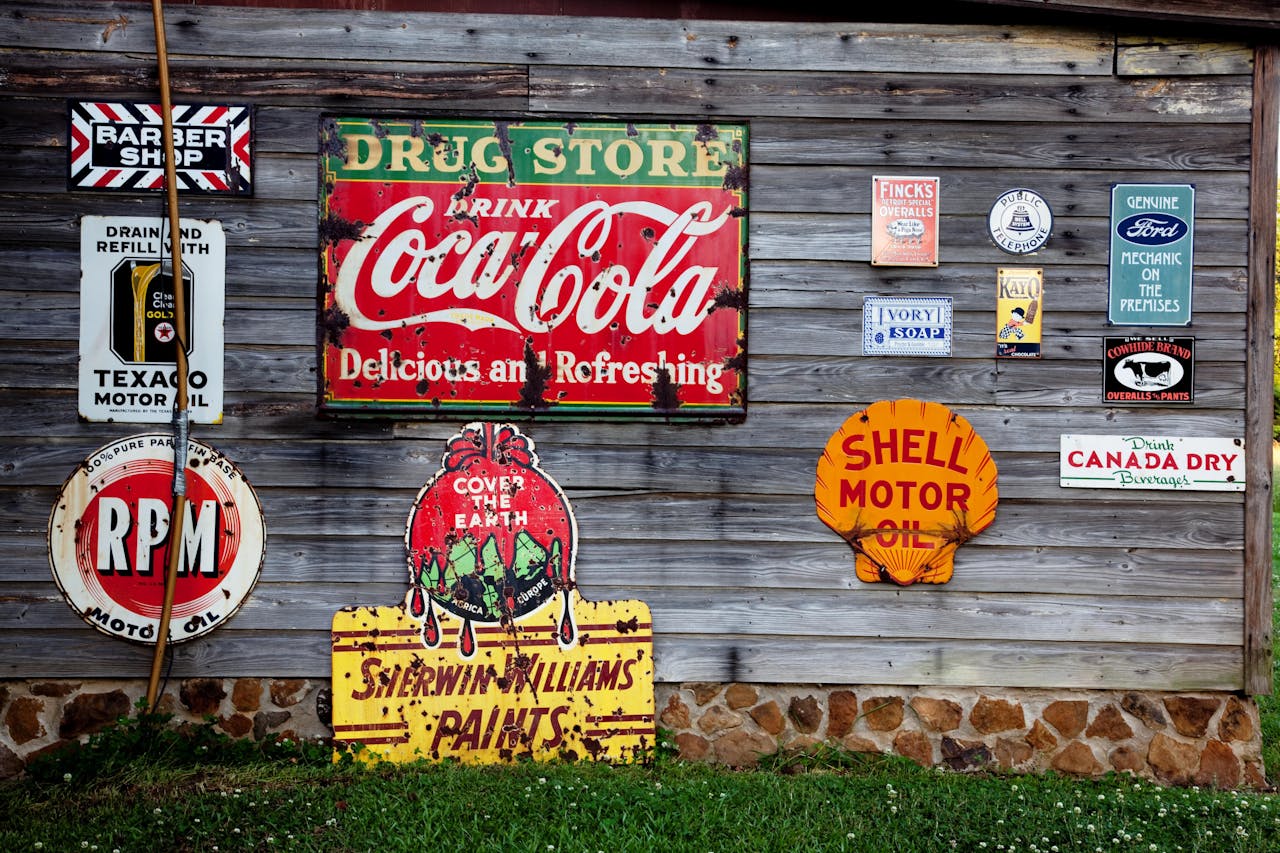What Is Guerrilla Marketing? Definition, Examples, and History
Welcome to the exciting world of guerrilla marketing! If you’ve ever encountered a quirky advertisement in an unexpected place that left you chuckling or pondering, chances are you’ve experienced the magic of guerrilla marketing. But what exactly is it? How did it come about? And why does it continue to capture our attention?
Defining Guerrilla Marketing
Guerrilla marketing is a marketing strategy that relies on unconventional and creative techniques to promote a product, service, or brand. Unlike traditional marketing methods that often involve large budgets and mainstream media channels, guerrilla marketing thrives on innovation, surprise, and engagement.
At its core, guerrilla marketing is about making a big impact with minimal resources. It’s about thinking outside the box and catching consumers off guard in a way that generates buzz and fosters memorable experiences.
One of the key principles of guerrilla marketing is its ability to create an emotional connection with the audience. By tapping into human emotions such as humor, curiosity, or awe, guerrilla marketing campaigns can leave a lasting impression that resonates long after the initial encounter.
Examples of Guerrilla Marketing

Examples of guerrilla marketing can be found all around us, from the streets we walk to the screens we scroll. Here are a few memorable examples:
1. Flash Mobs
Flash mobs are spontaneous gatherings of people who assemble in a public place to perform a choreographed dance or routine. Brands have cleverly integrated flash mobs into their marketing campaigns, surprising unsuspecting bystanders and generating widespread attention.
For example, to promote the launch of a new TV show, a network might organize a flash mob in a busy city square where dancers suddenly break into a choreographed routine inspired by the show’s theme song. Passersby are caught off guard by the spectacle, and the event is captured on video and shared across social media platforms, garnering millions of views and sparking conversation about the show.
2. Ambient Advertising
Ambient advertising involves placing ads in unconventional locations or using unusual objects to convey a message. For example, imagine seeing a bus stop bench that doubles as a scale, with a sign promoting a weight loss product.
One particularly memorable example of ambient advertising is the “talking trash can” campaign by the city of Vancouver to promote recycling. Motion sensors were installed in trash cans around the city, triggering recorded messages that encouraged passersby to dispose of their trash responsibly. The unexpected interaction not only raised awareness about recycling but also encouraged positive behavior change.
3. Stunt Marketing
Stunt marketing involves staging attention-grabbing events or performances to attract media coverage and public attention. One famous example is Red Bull’s Stratos, where Felix Baumgartner jumped from the edge of space, setting multiple world records in the process.
Another notable example is the “Carrie” prank by the marketing team behind the 2013 remake of the horror film “Carrie.” To promote the movie, they rigged a coffee shop with hidden cameras and staged a supernatural event where a woman appeared to telekinetically move objects with her mind. The unsuspecting customers’ reactions were captured in real-time and later compiled into a viral video that generated millions of views and widespread media coverage.
4. Street Art
Street art can serve as a powerful form of guerrilla marketing when done tastefully and strategically. Brands like Nike and Coca-Cola have collaborated with street artists to create visually stunning murals that not only beautify urban spaces but also promote their products.
For example, Nike‘s “Just Do It” campaign featured graffiti-style murals in cities around the world, depicting athletes in action alongside the iconic slogan. The artwork not only captured the attention of passersby but also reinforced Nike’s brand message of determination and athleticism.
The History of Guerrilla Marketing

The term “guerrilla marketing” was coined by Jay Conrad Levinson in his 1984 book of the same name. Inspired by guerrilla warfare tactics, Levinson sought to revolutionize traditional marketing approaches by advocating for unconventional methods that could level the playing field for small businesses with limited budgets.
Throughout the 20th and 21st centuries, guerrilla marketing has evolved alongside advancements in technology and changes in consumer behavior. With the rise of the internet and social media, guerrilla marketing campaigns have gained even greater reach and impact, as viral content can spread across the globe in a matter of hours.
Today, guerrilla marketing continues to thrive as brands compete for consumers’ attention in an increasingly crowded marketplace. Whether it’s a cleverly disguised advertisement on a city sidewalk or an interactive experience that unfolds on your smartphone, guerrilla marketing reminds us that creativity knows no bounds.
In Conclusion
Guerrilla marketing is more than just a marketing strategy – it’s a mindset. It’s about challenging the status quo, pushing boundaries, and daring to be different. By embracing guerrilla marketing techniques, brands can captivate audiences, spark conversations, and leave a lasting impression that traditional advertising simply can’t match.
So the next time you encounter a guerrilla marketing campaign in the wild, take a moment to appreciate the creativity and ingenuity behind it. Who knows, you might just find yourself inspired to think outside the box in your own endeavors!
With its ability to surprise, delight, and engage, guerrilla marketing continues to shape the landscape of advertising, proving that sometimes, the most effective campaigns are the ones that break all the rules.
